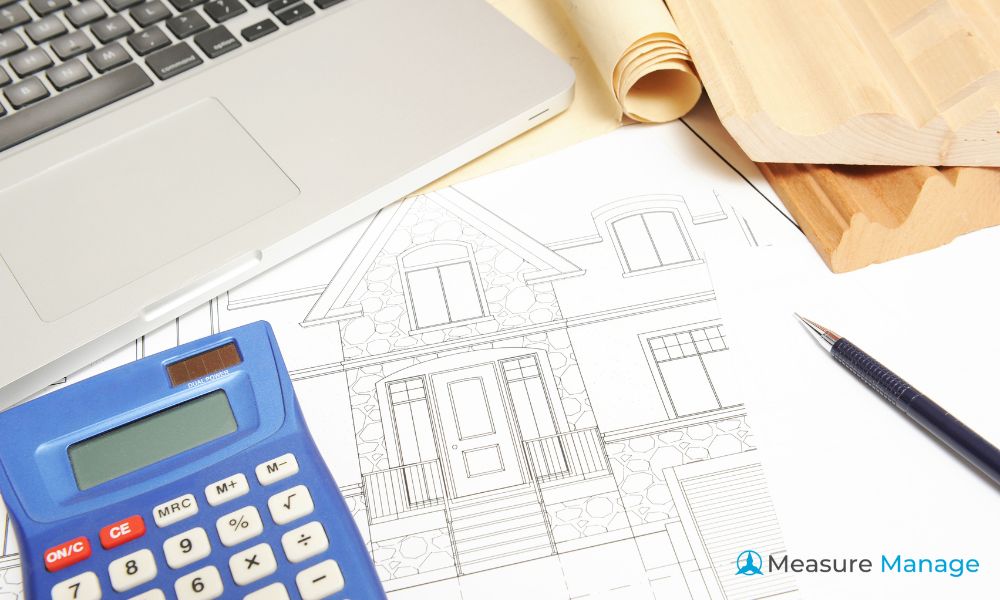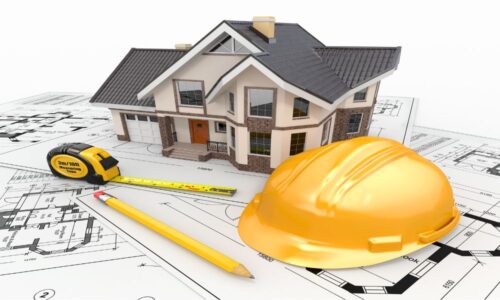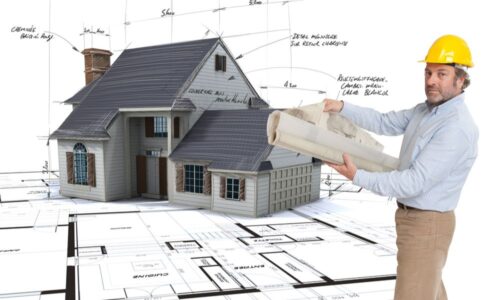In quantity surveying, the methods used to measure and calculate building components have significantly evolved over the years. With new tools and techniques available today, these methods have become more precise, efficient, and transparent.
In this blog, we’ll explore traditional measurement methods, how they’ve adapted to meet modern demands, and the cutting-edge techniques that are changing the construction industry.
Traditional Methods of Measurement
Historically, quantity surveyors used manual techniques for measuring materials and quantities in construction projects. These methods were often labor-intensive, prone to human error, and time-consuming. However, they laid the groundwork for today’s advanced practices.
One of the earliest systems is the Standard Method of Measurement (SMM), which provides a set of guidelines to ensure consistency across projects. SMM allows surveyors to measure all aspects of construction uniformly, making it easier to compare project bids and manage costs. This method was widely adopted throughout the 20th century and remains a reference point for quantity surveyors today, though it’s evolved into more modern methods.
Pros of Traditional Methods:
- Standardized measurements ensured consistency.
- Basic principles made it accessible to most professionals.
- Helped establish a strong foundation for contract management and cost control.
Cons of Traditional Methods:
- Time-consuming due to manual calculations.
- Prone to human error, especially in large, complex projects.
- Limited ability to manage the complexities of modern construction.
Modern Methods: The Rise of Digital Tools
With the rise of digital technologies, modern methods of measurement have drastically improved the speed, accuracy, and efficiency of quantity surveying. New software tools and automation techniques have minimized the need for manual intervention, allowing surveyors to focus more on analysis and strategic planning.
Building Information Modeling (BIM)
Building Information Modeling has become a game-changer in the construction industry, transforming how buildings are designed, constructed, and managed. It allows quantity surveyors to integrate 3D models into their measurements, ensuring precision and allowing collaboration between all stakeholders.
BIM enables surveyors to view a virtual representation of a building and measure materials directly from the model. This eliminates the need for paper drawings and manual quantity take-offs, significantly reducing errors. Additionally, BIM allows for real-time updates to quantities as changes are made to the design, ensuring that measurements are always accurate and up-to-date.
Advantages of BIM:
- Real-time data updates for accurate, dynamic measurements.
- Facilitates collaboration between project teams.
- Reduces manual errors in quantity take-offs.
- Enhances overall project efficiency by providing a holistic view of the project.
Digital Take-Off Software
Digital take-off software like Bluebeam Revu and PlanSwift have revolutionized how quantity surveyors handle project measurements. By allowing surveyors to measure quantities from PDF drawings, these tools dramatically speed up the take-off process. Instead of manually measuring dimensions on paper, the software calculates quantities based on user-defined parameters and can easily handle changes in the design.
With features like automated area, length, and volume calculations, digital take-off tools make it easier for quantity surveyors to ensure the accuracy of their estimates. They also store data digitally, providing a transparent and trackable audit trail for every project.
Advantages of Digital Take-Off Software:
- Automated calculations save time and reduce errors.
- Easy to update with design changes.
- Improves efficiency in producing bill of quantities (BoQ).
- Provides a transparent record of calculations and changes.
Cloud-Based Collaboration Tools
Cloud-based collaboration tools have taken construction projects to new levels of transparency and efficiency. Tools such as Procore and Autodesk Construction Cloud allow for real-time sharing of information across teams. Quantity surveyors can access up-to-date project plans and specifications from anywhere, improving communication and collaboration across stakeholders.
These tools ensure that everyone involved in the project has access to the same information, which reduces the chances of miscommunication and project delays. They also provide a platform for the secure storage of data, making it easier for quantity surveyors to track project changes and ensure accurate measurements.
Advantages of Cloud-Based Tools:
- Real-time access to project information.
- Improves collaboration and communication between teams.
- Provides a secure platform for data storage and retrieval.
- Ensures transparency and accountability in project measurements.
The Role of AI in Measurement
Artificial intelligence (AI) is quickly becoming a powerful tool in the construction industry, particularly in quantity surveying. AI-powered tools can analyze large datasets, predict project outcomes, and automate routine tasks like cost estimation and scheduling. For instance, AI algorithms can predict how much material will be required for a project based on historical data, enabling surveyors to produce more accurate and reliable estimates.
AI can also help identify discrepancies between project designs and actual construction progress. By comparing design models with on-site data, AI can detect variations that might lead to cost overruns or delays, helping quantity surveyors address potential issues early on.
Benefits of AI in Quantity Surveying:
- Predictive capabilities enhance cost forecasting.
- Automates routine tasks, freeing up time for strategic planning.
- Identifies potential project risks early.
- Improves project accuracy and efficiency.
Emerging Trends in Measurement Technology
As technology continues to advance, new trends are emerging that will shape the future of quantity surveying. One such trend is the use of drones for site measurements. Drones can quickly and accurately capture data from large construction sites, providing surveyors with a comprehensive view of the project. This reduces the need for manual site visits and ensures that measurements are accurate and up-to-date.
Another emerging trend is the use of augmented reality (AR) and virtual reality (VR). AR allows surveyors to overlay digital information on physical sites, helping them visualize measurements in real-time. VR enables surveyors to explore virtual models of construction projects, making it easier to identify potential issues and ensure that measurements are accurate before construction begins.
Advantages of Emerging Technologies:
- Drones provide accurate, real-time data from construction sites.
- AR and VR enhance visualization and improve project planning.
- Reduces the need for manual site visits, saving time and resources.
The Future of Measurement in Quantity Surveying
As the construction industry continues to evolve, the methods used in quantity surveying are also advancing at an unprecedented rate. Traditional methods provided the foundation for the profession, but today’s digital tools are transforming the way surveyors work, making the measurement process faster, more accurate, and more efficient.
With the integration of BIM, AI, and emerging technologies like drones and AR, quantity surveyors are better equipped than ever to handle the complexities of modern construction projects. As these technologies continue to advance, we can expect even more innovations that will further improve the accuracy and efficiency of quantity surveying.
In this fast-paced industry, staying ahead of the curve is essential. At Measure Manage, we utilize cutting-edge tools and techniques to ensure that our quantity surveying services are as precise and efficient as possible. Contact us today to learn more about how we can help streamline your next project.




